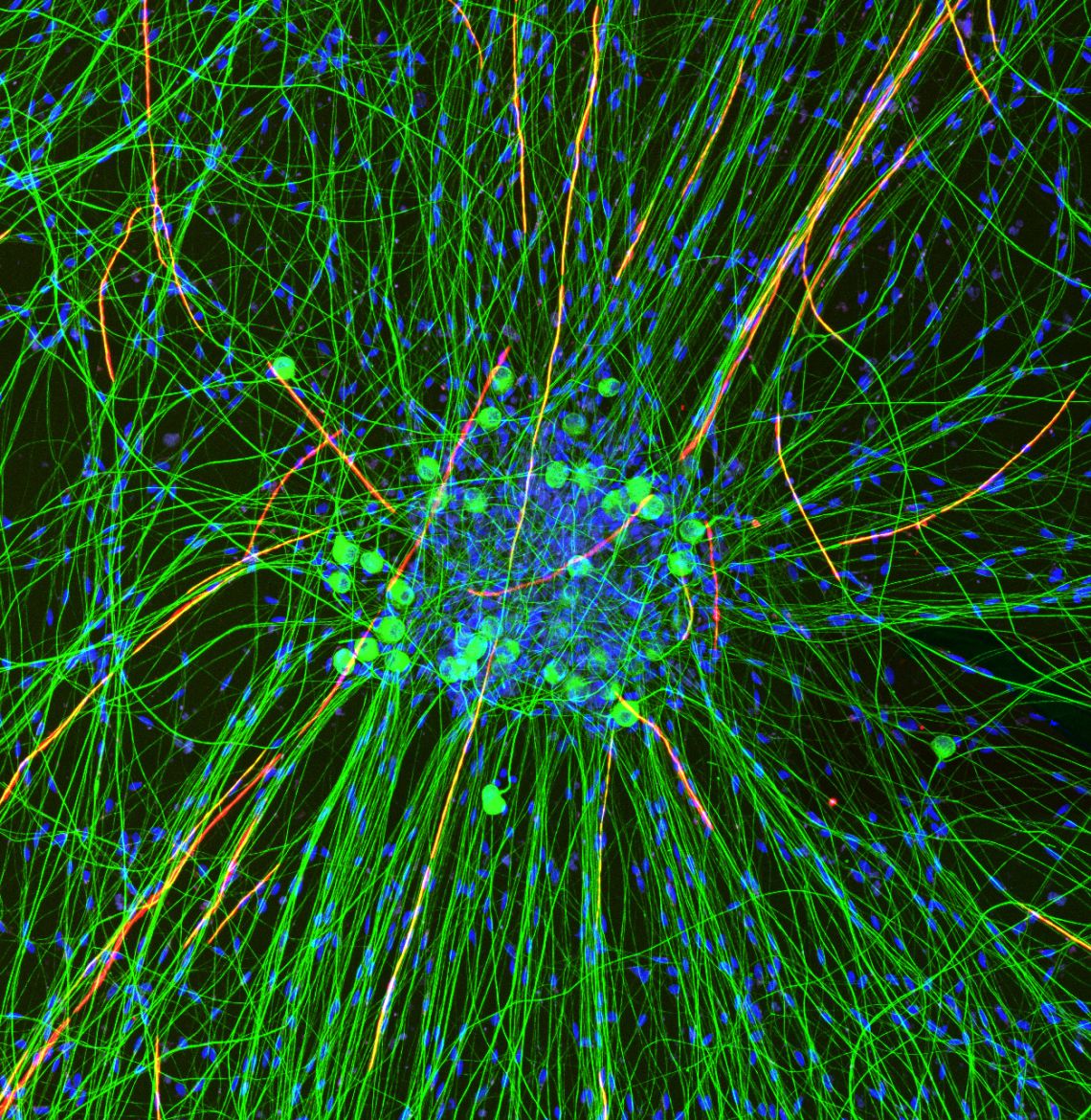
Contact information
Malte Kaller
POSTDOCTORAL RESEARCHER
I am a neuroscientist investigating how structural plasticity in the brain supports learning, development, and behavioural change. My research centres on the dynamic role of myelin in shaping brain connectivity and function, particularly during critical periods of plasticity and adaptation.
Myelin sheaths not only facilitate fast impulse transmission but are increasingly recognised as active participants in neural circuit refinement. Through a combination of transgenic models, behavioural paradigms, MRI, and histology, I study how myelination responds to experience and how it may support or constrain brain plasticity. Much of my work explores the mechanisms linking experience-driven changes in white matter to learning outcomes.
I am currently expanding this work toward developmental and translational questions, with a focus on brain connectivity, early risk trajectories, and the potential of neuroimaging biomarkers to support clinical insight. I am particularly interested in multimodal integration—linking imaging, behaviour, and physiology to better understand how brains change and how we might enable meaningful behavioural and neural adaptation.
Beyond analysis, I am passionate about scientific communication and the visual aesthetics of research. Many of the images and data I produce carry artistic beauty as well as scientific insight—communicating this can build bridges between disciplines and connect science to wider audiences.
Myelinating Co-cultures with iPSC-derived sensory neurons


 ©
(c)Malte Kaller
©
(c)Malte Kaller
Recent publications
-
Oligodendrocyte dynamics dictate cognitive performance outcomes of working memory training in mice.
Journal article
Shimizu T. et al, (2023), Nat Commun, 14
-
Ablation of oligodendrogenesis in adult mice alters brain microstructure and activity independently of behavioural deficits
Preprint
Kaller M. et al, (2023)
-
Myelin plasticity and behaviour-connecting the dots.
Journal article
Kaller MS. et al, (2017), Curr Opin Neurobiol, 47, 86 - 92
-
Co-cultures with stem cell-derived human sensory neurons reveal regulators of peripheral myelination.
Journal article
Clark AJ. et al, (2017), Brain, 140, 898 - 913
